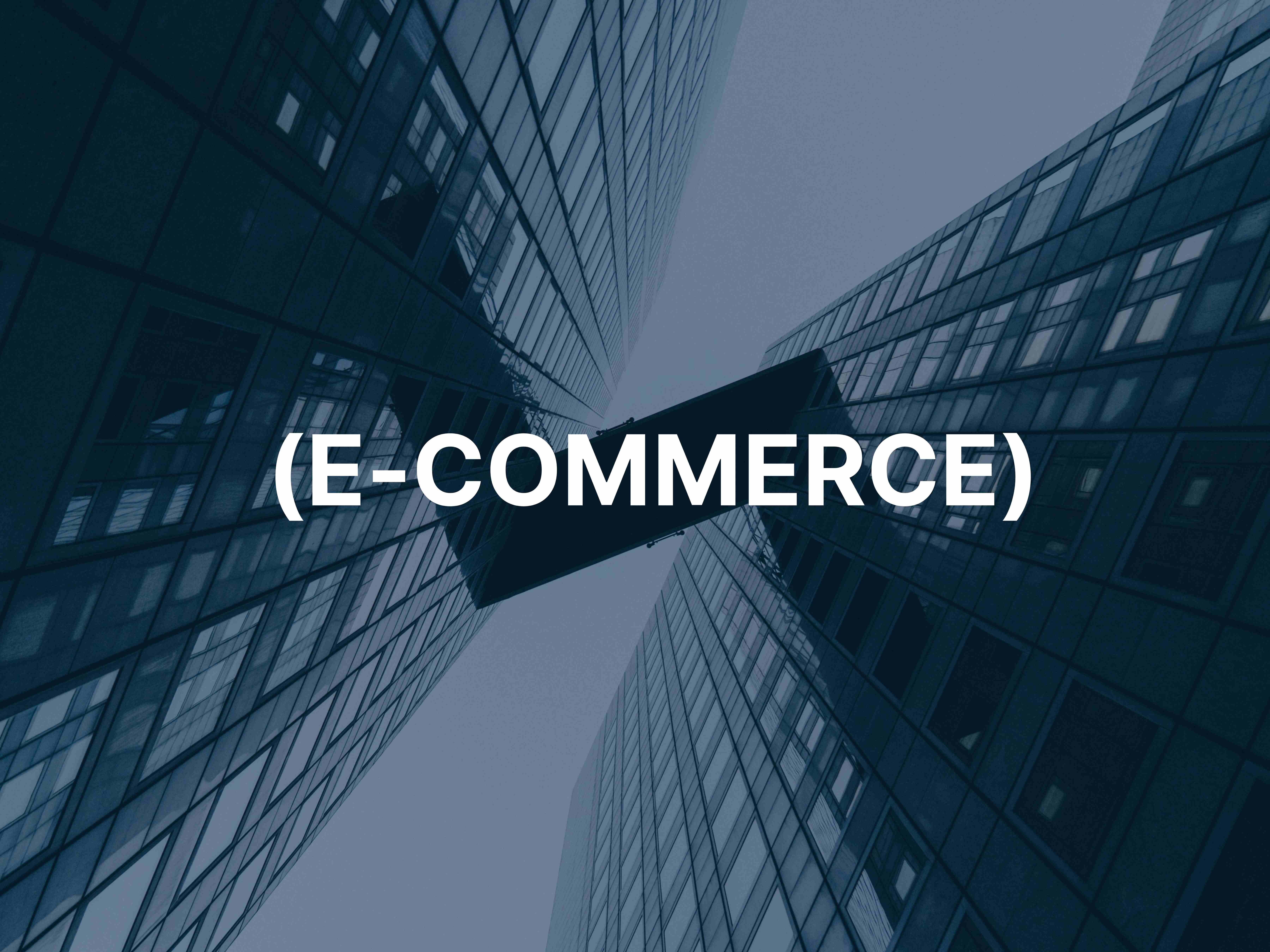The digital transformation of traditional brick-and-mortar businesses has accelerated dramatically in recent years. Whether you're looking to expand your reach, adapt to changing consumer behaviors, or create new revenue streams, taking your physical business online offers tremendous opportunities. Here's how to make the transition successfully:
5 Key Points:
- Strategic Planning: Identify which aspects of your business can translate online, what digital channels your target customers use, and how your online presence will complement your physical location.
- Platform Selection: Consider factors like your technical comfort level, inventory size, budget, and specific feature needs when choosing an e-commerce platform that will grow with your business.
- Customer Experience Focus: Invest in high-quality product photography, clear descriptions, and a streamlined checkout process to reduce friction and increase conversions.
- Omnichannel Integration: Offer options like buy online, pick up in-store (BOPIS), in-store returns for online purchases, and consistent pricing and promotions across channels.
- Existing Customer Leverage: Encourage in-store customers to visit your online store through loyalty programs, exclusive online offers, or email list sign-ups.
1. Develop a Digital Strategy
Before diving into website development or e-commerce platforms, take time to create a comprehensive digital strategy that aligns with your business goals and customer needs.
Start by assessing which products or services are best suited for online sales, understanding your target customers' online behaviors, and determining how your digital presence will complement your physical store. Consider whether you'll offer the same inventory online as in-store, how you'll handle fulfillment, and what your competitive advantage will be in the digital space.
2. Choose the Right E-Commerce Platform
Selecting the appropriate e-commerce platform is crucial for a successful online transition. Options range from all-in-one solutions like Shopify to more customizable platforms like WooCommerce for WordPress.
For most brick-and-mortar businesses making their first move online, user-friendly platforms with integrated payment processing and inventory management are ideal. Consider these popular options:
- Shopify: All-in-one solution with excellent POS integration for retail stores
- Square Online: Great for businesses already using Square for in-person payments
- WooCommerce: More customizable option for WordPress users
- BigCommerce: Robust features for scaling businesses
3. Create a Seamless Customer Experience
Your online store should provide a customer experience that's as engaging and trustworthy as your physical location, with intuitive navigation, detailed product information, and excellent visuals.
A local boutique in Dallas saw a 40% increase in online conversion rates after investing in professional product photography and detailed size guides. Remember that online shoppers can't touch or try your products, so providing comprehensive information and visuals is essential for building confidence in their purchasing decisions.
4. Implement Omnichannel Strategies
Rather than treating your physical and online stores as separate entities, create an integrated omnichannel approach that provides a consistent experience across all touchpoints.
Effective omnichannel strategies include:
- Buy online, pick up in-store (BOPIS) options
- In-store returns for online purchases
- Consistent pricing and promotions across channels
- Shared inventory visibility
- Unified customer loyalty programs
5. Develop a Digital Marketing Plan
Having an online store isn't enough—you need a strategic marketing plan to drive traffic and generate sales through channels like SEO, social media, email marketing, and possibly paid advertising.
Start by leveraging your existing customer base. A hardware store in Fort Worth successfully launched their online store by collecting email addresses from in-store customers for a month before launch, then sending them exclusive online-only discounts. Within the first week, they had generated enough online sales to cover their e-commerce platform costs for six months.
At New Age Adaptation, we've helped numerous brick-and-mortar businesses in the DFW area successfully transition to online selling. Our comprehensive approach ensures a smooth digital transformation that complements your physical business while opening new growth opportunities.
Ready to take your brick-and-mortar business online? Schedule a free consultation with our team to create a customized digital transition plan.

